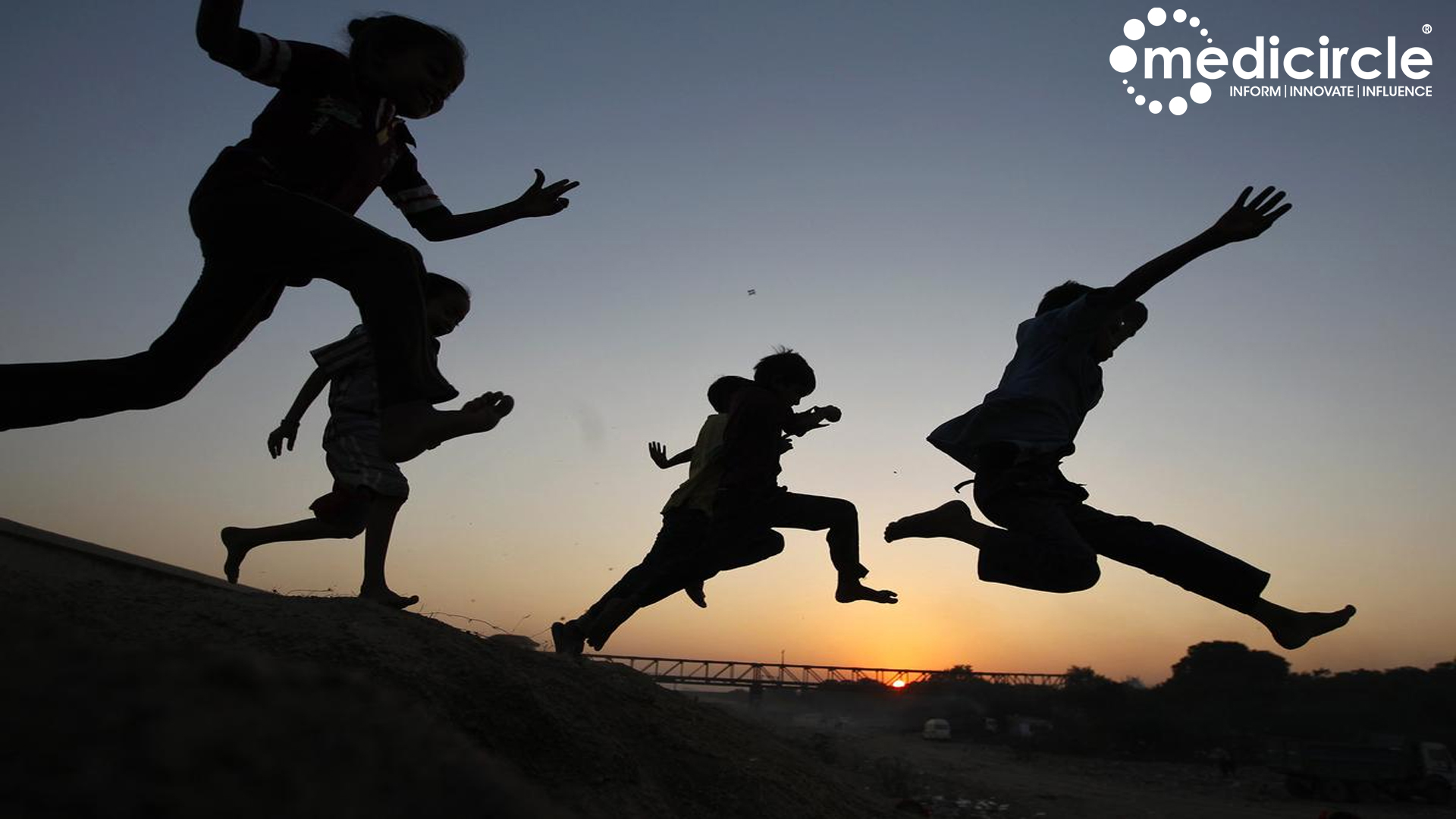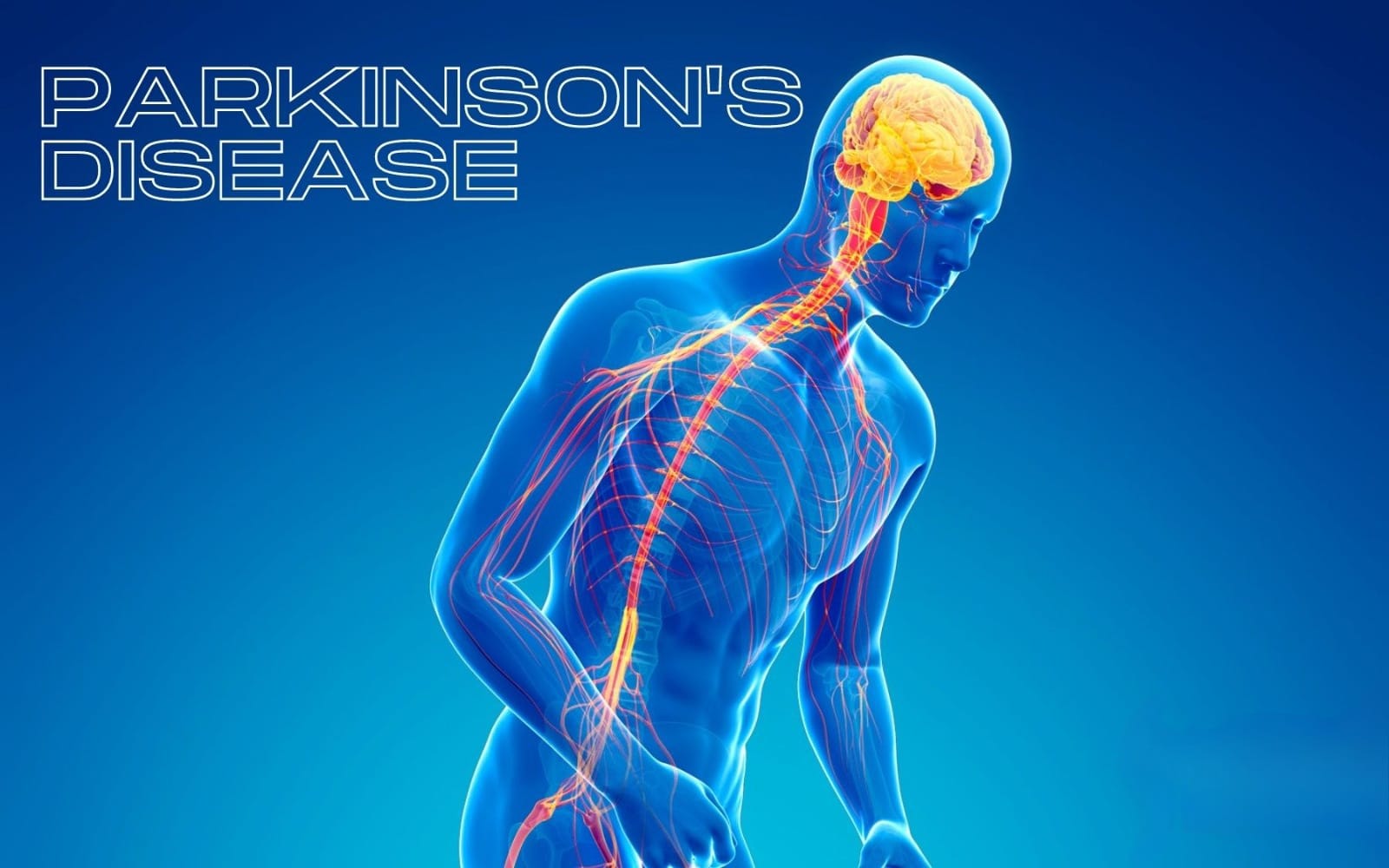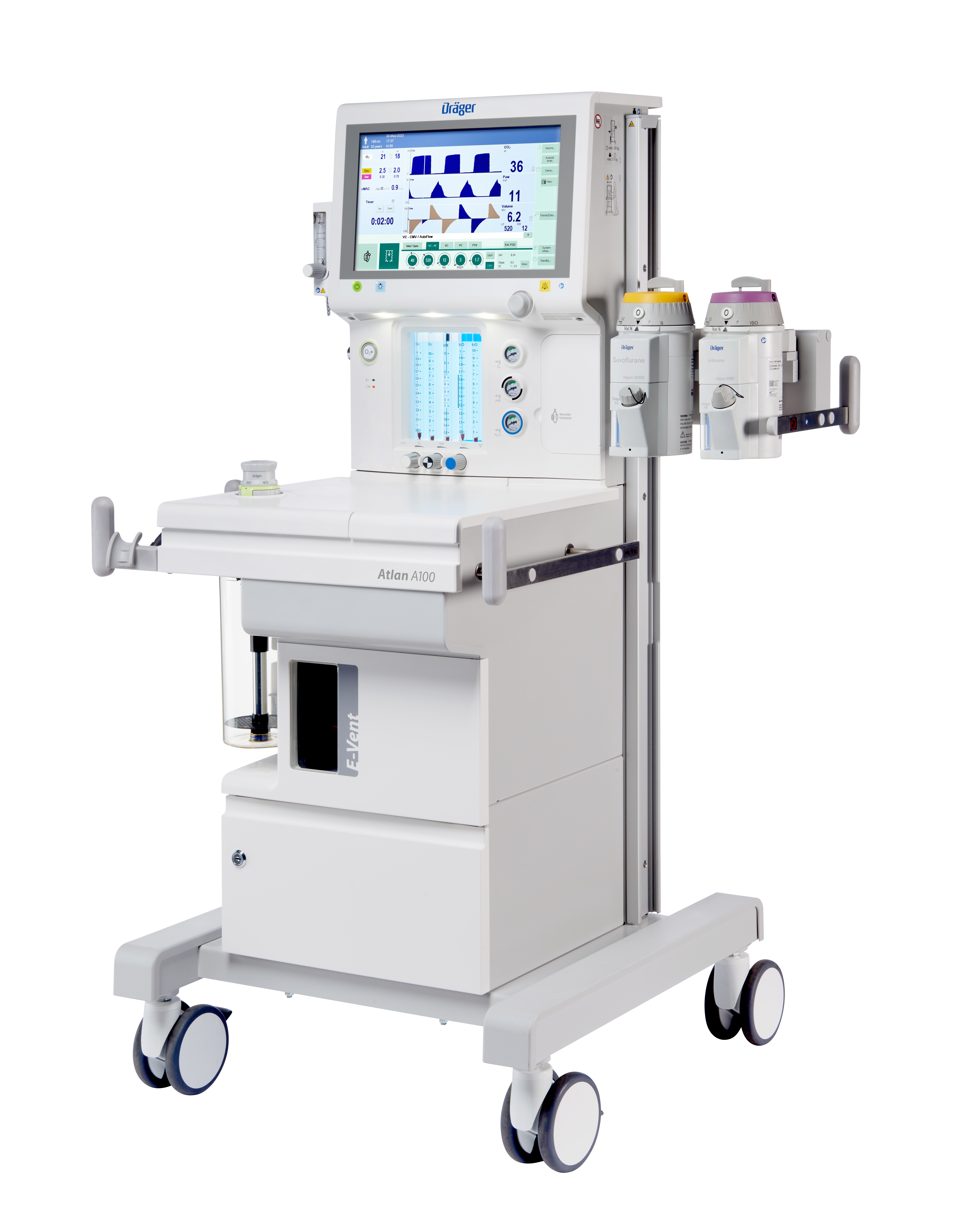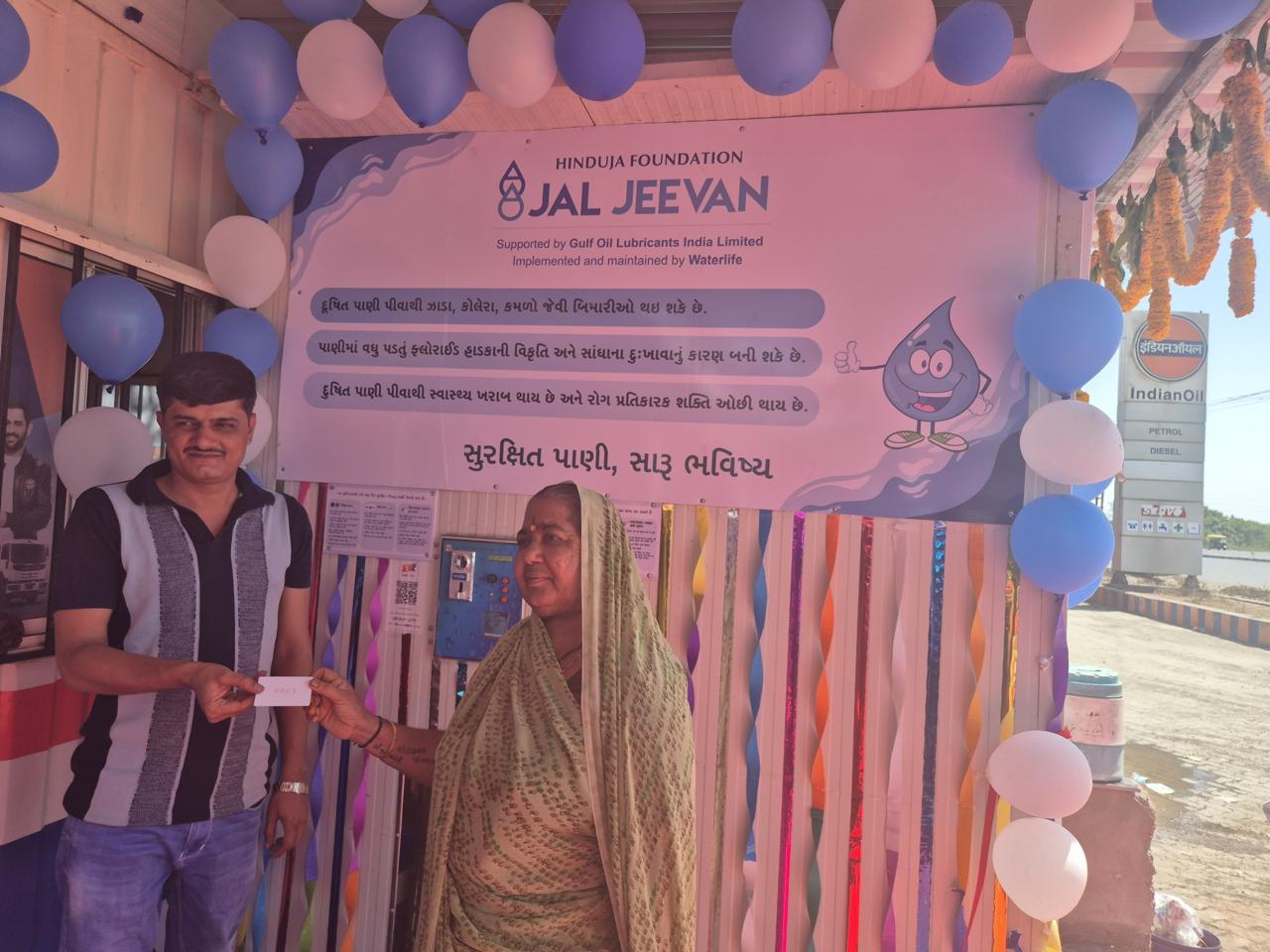In a revolutionary study conducted by Oxford University, the Universities of Bristol and Exeter, and the University of Eastern Finland, researchers have revealed alarming findings regarding the impact of sedentary behaviour on arterial stiffness in children. Published in Acta Physiologica, the study highlights the correlation between increased sedentary time and deteriorating arterial stiffness—a precursor to premature vascular damage.
The research which is the largest and longest follow-up accelerometer-measured movement behaviour and arterial stiffness study in the world, analysed data from the University of Bristol’s Children of the 90s cohort. Over 1300 children, monitored from ages 11 to 24, wore accelerometer devices to track their movement behaviour, while arterial stiffness measurements were taken at ages 17 and 24. The study controlled for various factors such as blood markers, blood pressure, heart rate, socio-economic status, and family history of cardiovascular disease.
Key Findings: The study revealed a concerning trend as sedentary time increased from 6 to 9 hours per day during adolescence, arterial stiffness accelerated by 10%, indicating heightened vascular damage. Conversely, engaging in at least 3 hours of light physical activity per day helped reverse arterial stiffness and mitigate vascular damage. Moderate-to-vigorous physical activity, while beneficial for overall health, did not significantly reduce arterial stiffness and, in some cases, slightly increased it.
Implications for Health: Andrew Agbaje, an associate professor at the University of Eastern Finland, highlights the critical importance of combating childhood sedentariness. Sedentary behaviour not only contributes to various disease risk factors such as obesity, high lipid levels, and inflammation but also accelerates arterial stiffness—a key marker of vascular health. Encouraging children to engage in light physical activity for 3 to 4 hours daily can effectively combat these risk factors and promote vascular health.
While the World Health Organization’s physical activity guidelines do not specifically address light physical activity, public health experts, policymakers, paediatricians, and parents are urged to prioritize its promotion. Incorporating daily sessions of light physical activity into children’s routines can significantly reduce the adverse effects of sedentary behaviour and safeguard their long-term cardiovascular health. By raising awareness and advocating for increased physical activity among children, we can empower the next generation to lead healthier, more active lives.
The study’s findings highlights the critical role of physical activity in maintaining vascular health and preventing premature vascular damage. By addressing sedentary behaviour and promoting light physical activity, we can reduce the risk factors associated with cardiovascular disease and improve overall well-being. As we strive to combat childhood sedentariness, let’s prioritize the integration of regular physical activity into children’s daily lives, ensuring a healthier future for generations to come.

 By raising awareness and advocating for increased physical activity among children, we can empower the next generation to lead healthier, more active lives.
By raising awareness and advocating for increased physical activity among children, we can empower the next generation to lead healthier, more active lives.










.jpeg)

.jpeg)
.jpeg)

.jpeg)


.jpeg)



.jpeg)
.jpeg)
.jpeg)


.jpg)


.jpeg)
.jpeg)